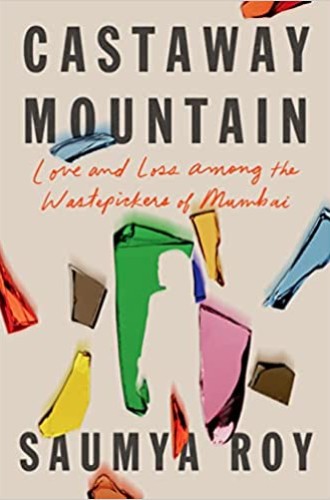Saumya Roy lets Mumbai’s garbage pickers speak for themselves
Castaway Mountain gives voice to families who have been impoverished by the whims of the powerful.
When I was seven years old and on the first family trip to India I’d be able to remember, I was told in no uncertain terms that my horror at the conditions of poor people was decidedly Western. So it is understandable that Saumya Roy—who grew up in Mumbai and even wrote about wealth inequality in her days as a journalist—didn’t know about the lives of the people who lived on top of the trash dumps of Mumbai’s Deonar locality until she later began offering them microloans. As Roy points out, the city’s culture is designed to render invisible both waste and poverty.
The setting of Castaway Mountain is a towering, 120-foot-tall mountain of trash on the long, thin island that is Mumbai. The city is home to more than 20 million people, and around 600,000 of them live in the vicinity of the 300-acre Deonar trash dump. In 2010, Roy left journalism for a career in charity, focusing on microloans. The people who inspired her the most were the garbage pickers she began to encounter in 2013. Castaway Mountain seeks to tell their stories from their own perspectives, rather than mediated through Roy’s experiences. Although every book is shaped by the social location of its author, Roy does an admirable job of letting her subjects speak for themselves.
The book invites readers to go with Roy on a ten-year journey, beginning with a 2009 court case filed by a nearby resident that demands that the trash dumps be managed to reduce the horrific toxin exposure they create. At the same time, the book traces the history of colonialism, waste, consumerism, and class all the way back to 1899—the year when trash began to collect in that part of the British colony after a severe outbreak of bubonic plague caused by its previous waste management strategy.





